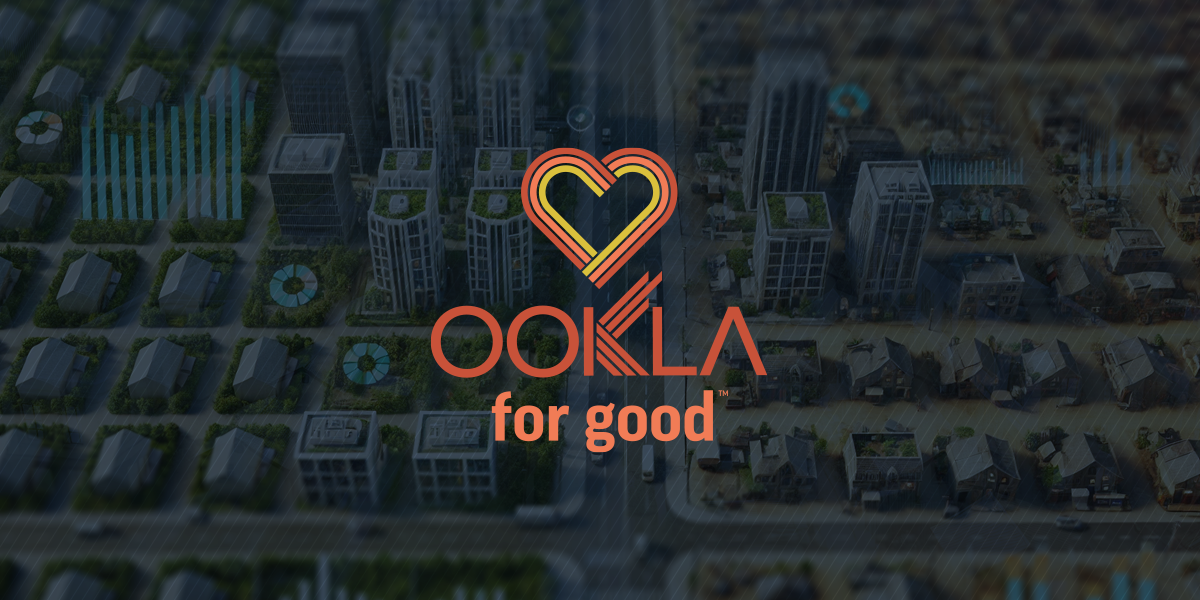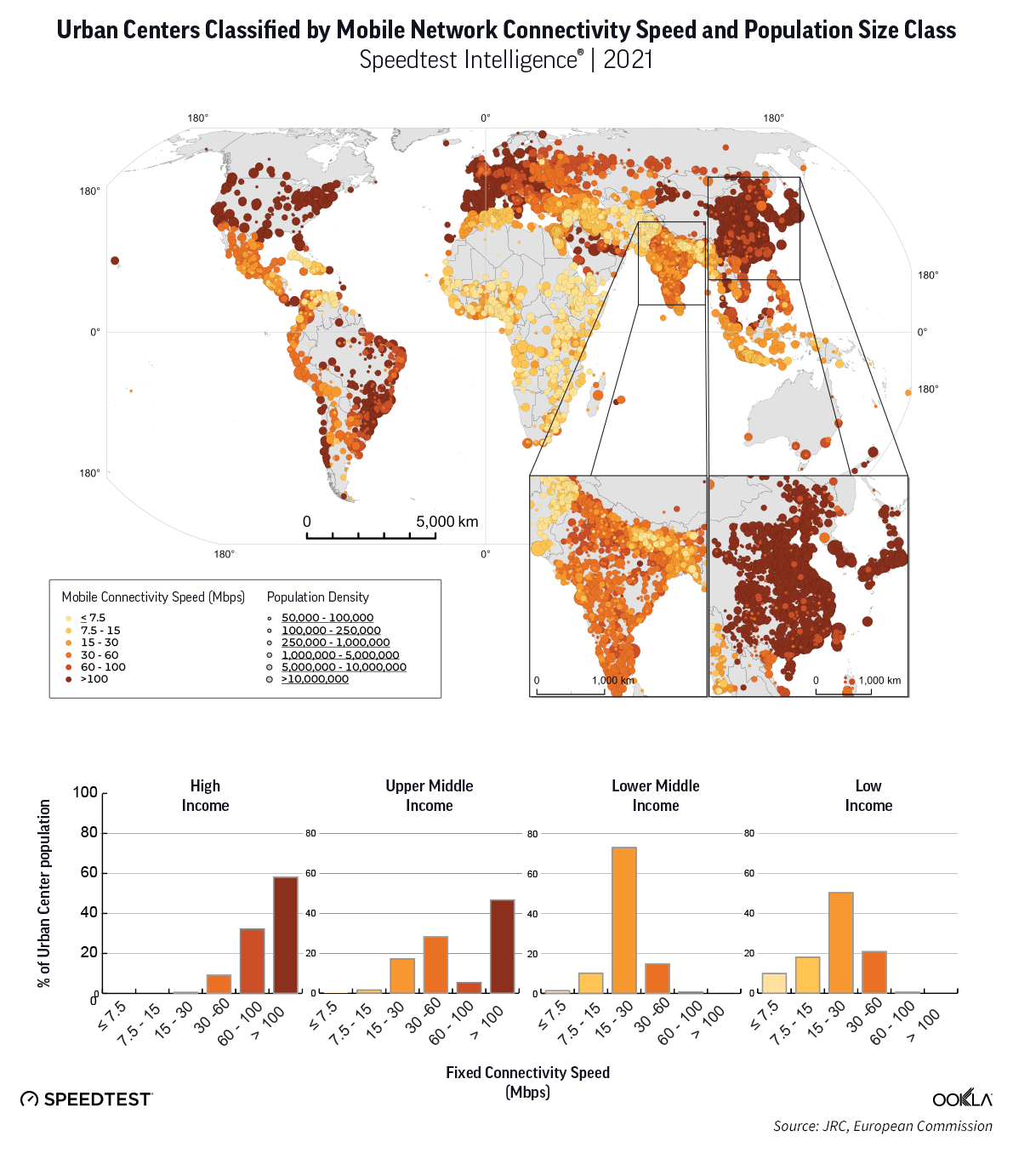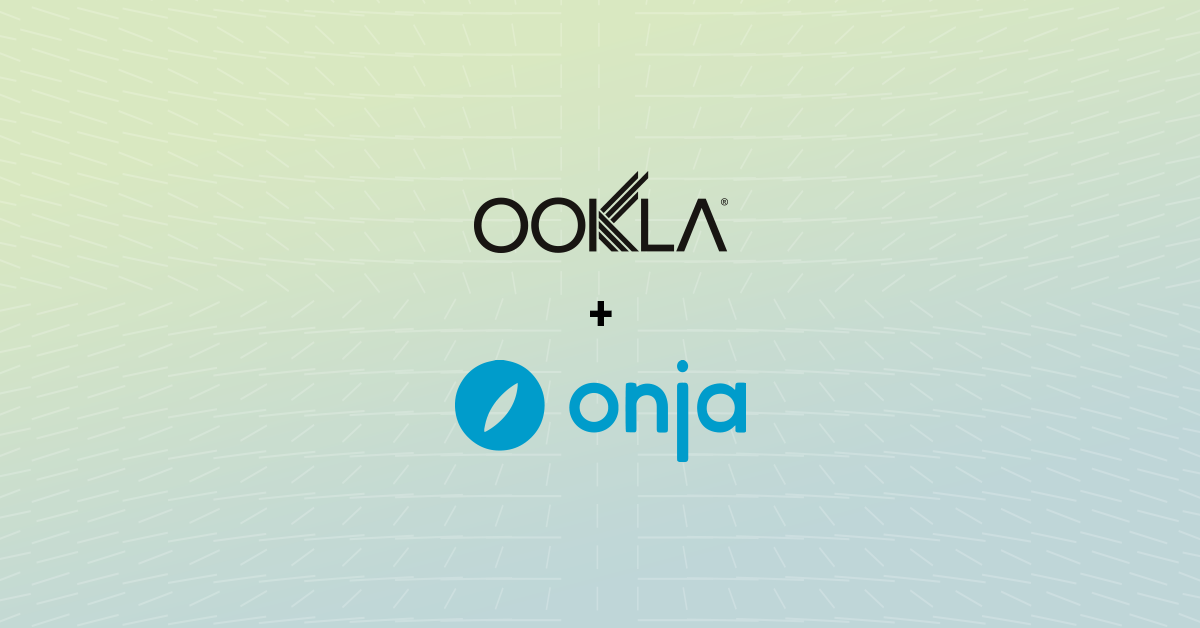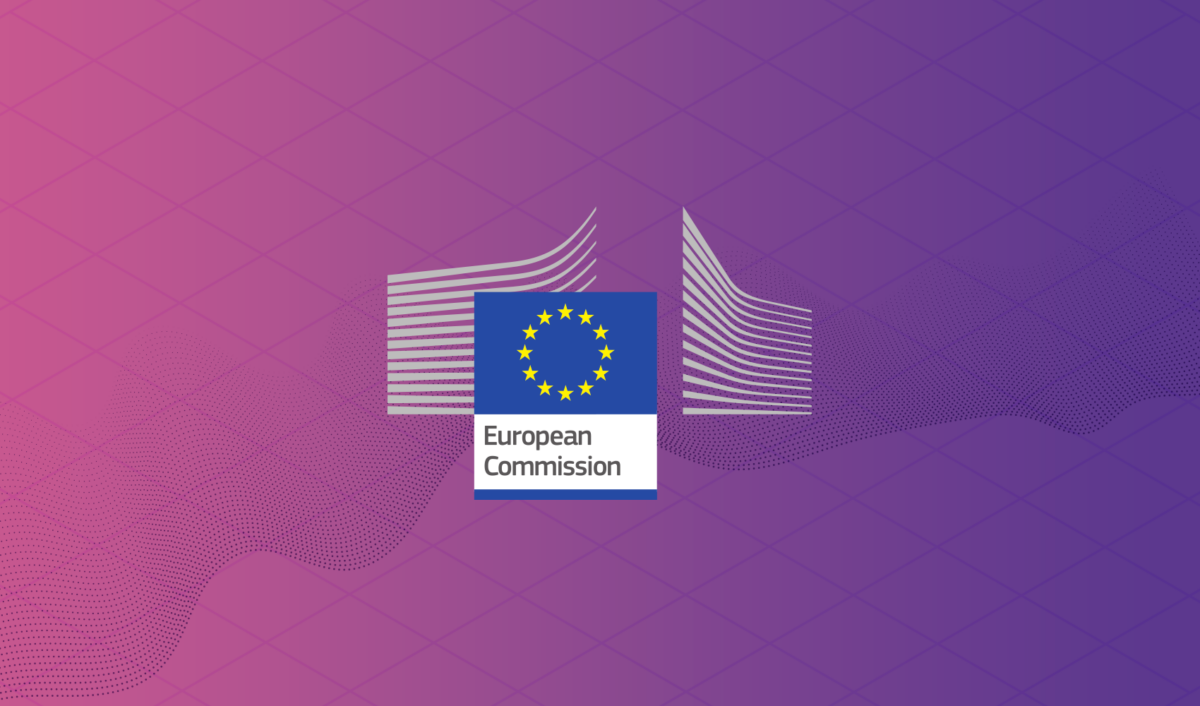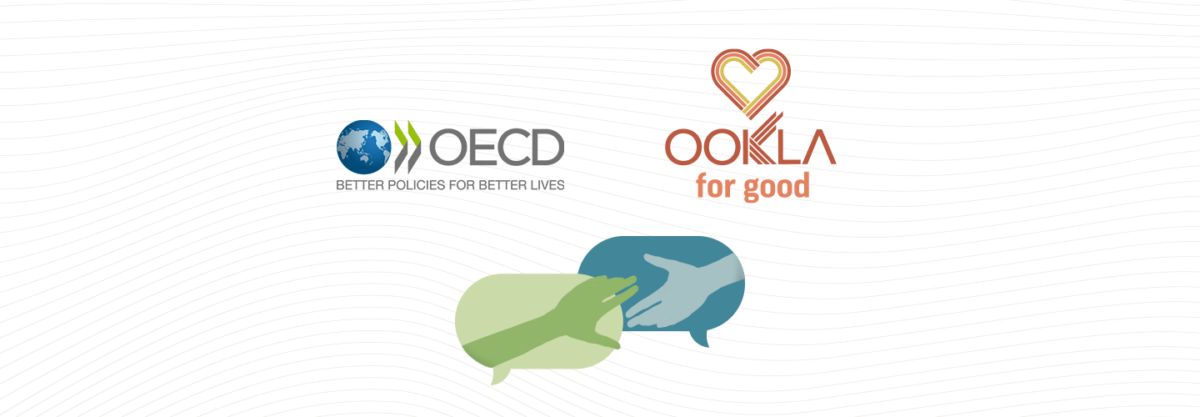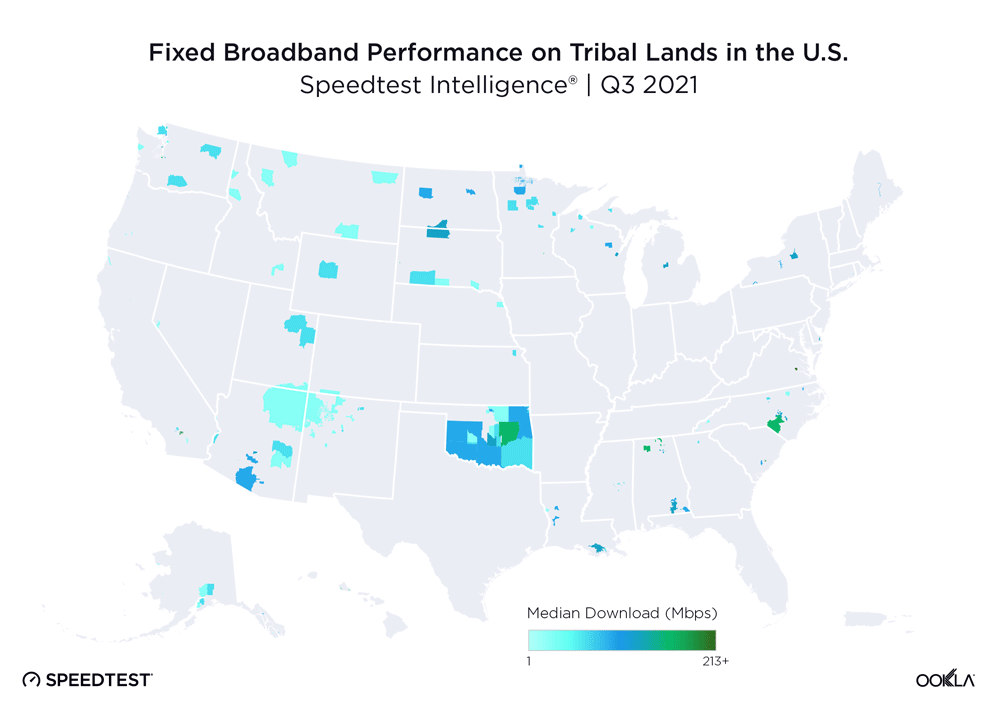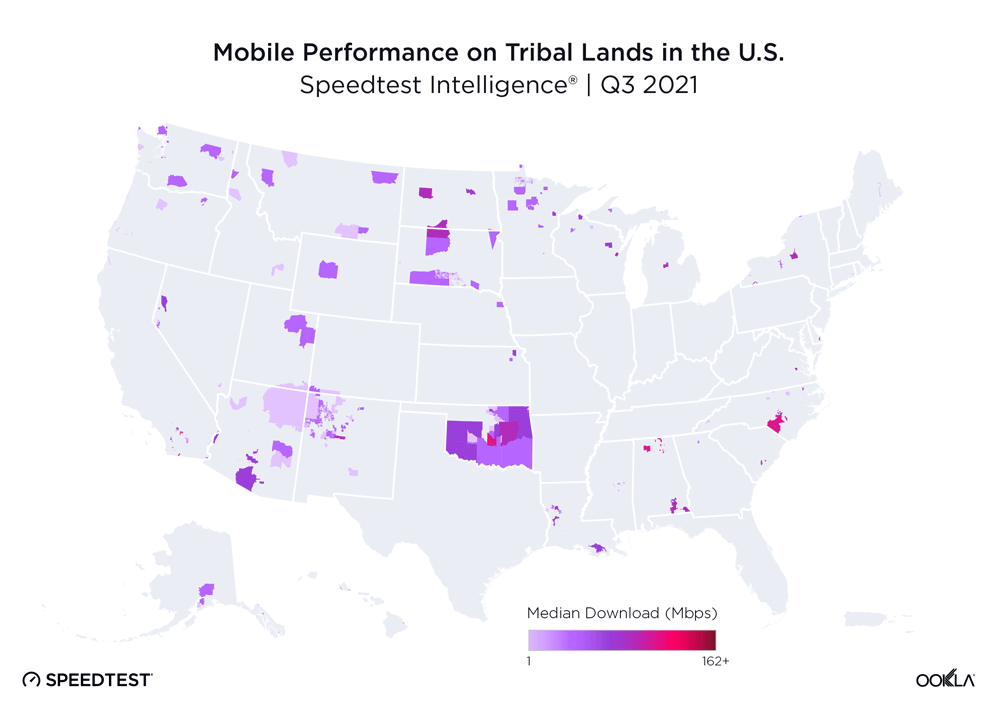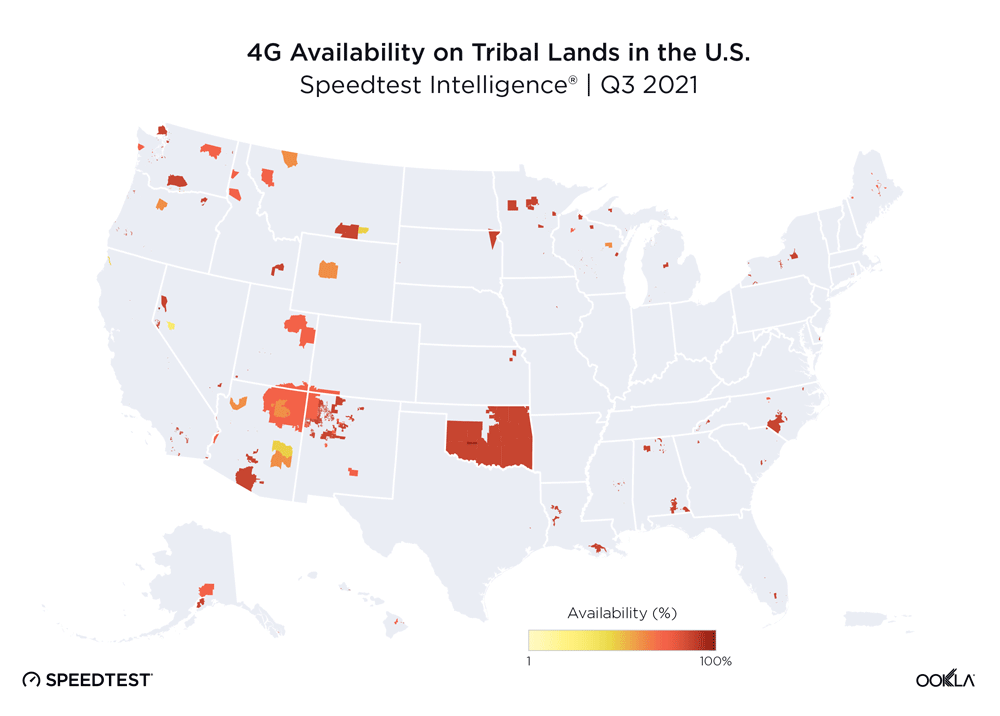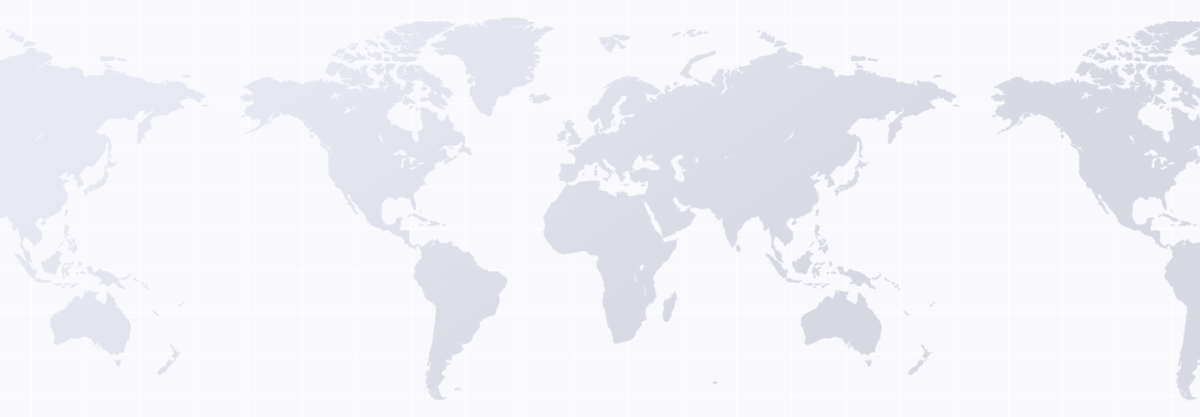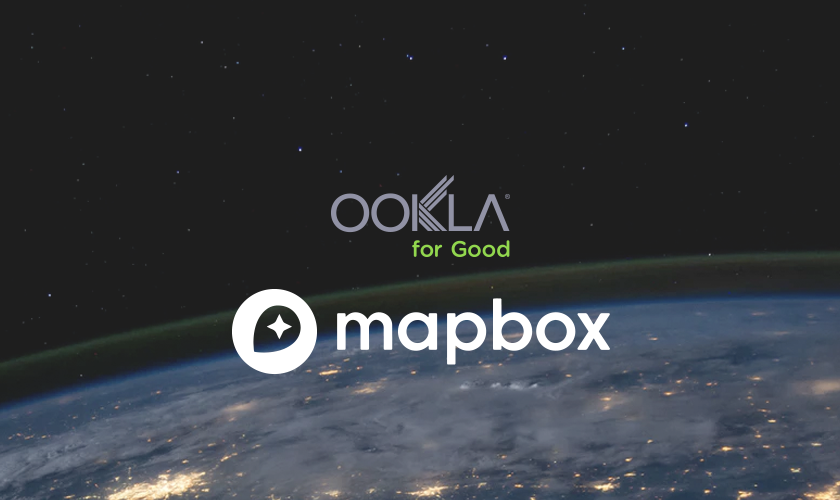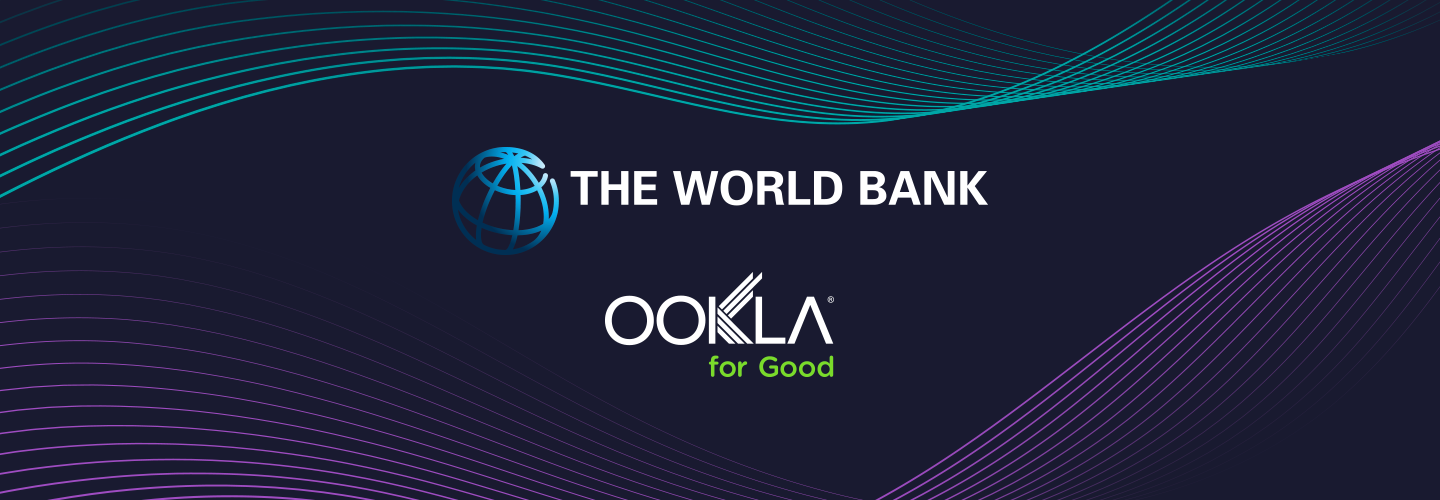In today’s urbanized and digitized world, broadband connectivity is as crucial as basic utilities. However, significant disparities in broadband quality still remain, and this chasm is contributing to the creation of a new generation of digital inequalities. As a result, understanding the geographic distribution of broadband availability and quality is essential for crafting policies that ensure equitable digital access.
The Joint Research Centre of the European Commission recently published a research utilizing mobile and fixed broadband performance data from the Ookla for Good™ program. Their study focused on the issue of digital inequality by exploring the quality of broadband connectivity across urban centers globally. Key research questions in their study focused on the following:
- Do urban centers in higher-income countries enjoy better mobile and fixed broadband quality compared to lower-income countries?
- Are more populous urban centers better connected?
- What is the relationship between population dynamics and broadband speed in urban centers?
To address these questions, the European Commission’s Joint Research Centre leveraged a combination of traditional and emerging data sources, including Ookla’s Speedtest® data:
- Remote sensing data and official population statistics (Global Human Settlement Layer or GHSL).
- Country borders and income data (Global Administrative layer, GADM, and World Bank).
- Global broadband speed data (Speedtest® by Ookla®, using data from 2021).
Key findings
The research revealed stark geographic and income disparities in internet download speeds, underscoring the urgent need for targeted policies to bridge the digital divide — especially considering that urban centers are already the places where most people live.
Cities in 125 countries fall below the global median download speed of 86.45 Mbps as of 2021 (which has since increased to 93.93 Mbps in June 2024). In fact, entire regions — such as Africa — lag significantly, with median speeds in countries like the Central African Republic and Eritrea below 3 Mbps.
Regional and income group variations
Broadband speeds vary significantly by region and income group. About 40% of urban centers have connectivity exceeding 100 Mbps, while 60% are split between 0–30 Mbps and 30–100 Mbps. Over 70% of urban centers with speeds below 30 Mbps are in Africa, Central, and Southern Asia. To address these disparities, policies should focus on both expanding access to connectivity and improving speeds in underserved areas.
Connectivity and affluence
A strong correlation exists between connectivity and affluence. High-income countries enjoy significantly better broadband speeds. In contrast, lower-middle-income countries struggle, with 51% of urban centers in the 0–30 Mbps download speed range. Investment in digital infrastructure in these countries is crucial to support economic development and competitiveness.
Figure 1. Map of world countries shaded in blue represent areas with fixed broadband download speeds above the global median fixed download speed of 86.45 Mbps in 2021, while areas shaded in red are below the global median. Dark colors highlight countries showing the lowest and highest distance from median value. Source: Authors’ elaboration on Ookla Speedtest Intelligence data from 2021.
Mobile vs. fixed broadband
High-speed mobile networks are more widespread than fixed broadband, with Ookla® data showing that mobile connectivity was more widely available than fixed broadband solutions in urban centers. While the global median download speed for fixed broadband networks (86.45 Mbps) surpasses that of mobile connections (33.5 Mbps), in many Global South countries, mobile broadband is more affordable and performs better than fixed broadband networks. Policymakers should therefore consider promoting mobile broadband as a cost-effective solution to bridge the digital gap.
Income and urbanization as drivers of connectivity
Income and urbanization drive access to better and faster connections. Larger urban centers, even in lower-income countries, tend to have faster broadband. This suggests that policies aimed at urban development should include comprehensive digital infrastructure plans to ensure all urban residents benefit from high-speed connectivity.
Three key observations of internet speeds across the world
The research identified three primary connectivity scenarios that were observed in countries across the world:
- Symmetrical speeds: Some countries, like Sweden, have symmetrical high-speed connections, while others, like Burundi, have symmetrical speeds but slower connections.
- Faster fixed network speeds: Countries like India and Brazil benefit from existing infrastructure that supports higher fixed network speeds.
- Faster mobile network speeds: Regions in West and South Africa and Southeast Asia often have faster mobile network speeds due to rapid urban growth favoring mobile infrastructure deployment.
Figure 2. Map of urban centers classified by mobile network connectivity speed and population size class. Source: Authors’ elaboration on Ookla data from 2021.
Looking ahead
The European Commission’s Joint Research Centre’s research highlights significant disparities in broadband quality across urban centers, driven by geographic, economic, and infrastructural factors. Policymakers must prioritize investments in digital infrastructure, particularly in underserved regions, to ensure equitable access to high-quality broadband connectivity.
After all, bridging the digital divide is not just about technology; it’s also about fostering inclusive economic growth and ensuring that all urban residents can participate in the digital economy. To learn more about this important work, read the complete article from the Joint Research Centre of the European Commission.
The role of Ookla for Good™
At Ookla, we are proud to support research like this through our Ookla for Good initiative. The mission of Ookla for Good is to bring fast and reliable internet access to every person, regardless of location or socioeconomic status.
That’s why we make this data available on a complimentary basis to policymakers, humanitarian organizations, academic research institutions, journalists, and consumers. The work we do with our partners is more significant than just improving internet speeds; we aim to leave a lasting impact on the communities we support worldwide.
We are grateful to Patrizia Sulis and colleagues (Michele Melchiorri, Paola Proietti, Marcello Schiavina, Alice Siragusa) for their work with our data within the European Commission’s paper and guidance in composing this article. For more information, please contact Patrizia Sulis – Spatial Data Scientist – Joint Research Centre, European Commission. And to read the full study, be sure to check out their article:
- (2024) Integration of Remote and Social Sensing Data Reveals Uneven Quality of Broadband Connectivity Across World Cities. In Urban Inequalities from Space: Earth Observation Applications in the Majority World (pp. 13-31). Cham: Springer International Publishing.
To learn more about Ookla for Good and inquire about partnership opportunities, visit the Ookla for Good page on our website.
Ookla retains ownership of this article including all of the intellectual property rights, data, content graphs and analysis. This article may not be quoted, reproduced, distributed or published for any commercial purpose without prior consent. Members of the press and others using the findings in this article for non-commercial purposes are welcome to publicly share and link to report information with attribution to Ookla.
